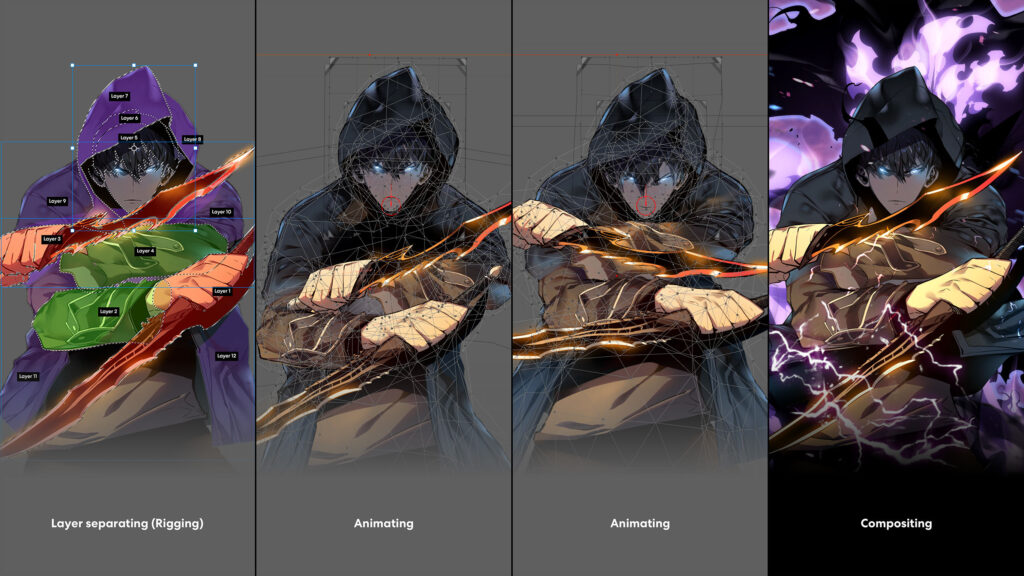The evolution of webtoon artistry has been nothing short of remarkable, transforming from simple sketches to captivating digital narratives that dominate the online entertainment landscape. In the early days, webtoon artists relied heavily on traditional drawing techniques, sketching their ideas onto paper before digitizing them for online platforms. These sketches were often raw and unrefined, but they laid the foundation for what would become a revolution in storytelling. As technology advanced, so too did the tools available to webtoon artists. Digital drawing tablets and software like Adobe Photoshop and Clip Studio Paint provided artists with greater flexibility and precision in their work. This shift allowed for more intricate designs, richer color palettes, and dynamic compositions that were previously impossible to achieve with traditional methods alone. Artists began to experiment with new styles and techniques, pushing the boundaries of what was considered possible in the medium.

One of the most significant developments in webtoon artistry has been the rise of 3D modeling and animation. With programs like Blender and Maya becoming more accessible, artists could now create fully immersive worlds and characters that leaped off the screen. This newfound dimensionality added depth and realism to webtoons, elevating them from static images to interactive experiences. Readers could now explore these virtual landscapes from any angle, enhancing their engagement and immersion in the story. Moreover, the advent of motion comics and interactive storytelling further blurred the lines between traditional comics and animation. Webtoon artists began incorporating subtle animations and sound effects into their work, breathing life into each panel and creating a more dynamic reading experience. This evolution not only appealed to a broader audience but also opened up new avenues for storytelling, allowing creators to experiment with pacing, mood, and atmosphere in ways never before possible.
However, with these technological advancements also came new challenges. As the demand for high-quality 툰코 increased, so too did the pressure on artists to deliver visually stunning content on a consistent basis. Tight deadlines and demanding production schedules often left little room for experimentation or artistic exploration, leading some creators to feel creatively stifled. Additionally, the rise of social media and online platforms meant that webtoon artists were now competing for attention in an oversaturated market, making it increasingly difficult to stand out from the crowd. Despite these challenges, webtoon artistry continues to thrive, fueled by a passionate community of creators and readers alike. The democratization of content creation tools and platforms has empowered artists from all walks of life to share their stories with the world, ushering in a new era of diversity and representation in the medium. As we look to the future, it is clear that the evolution of webtoon artistry is far from over. With advancements in virtual reality, artificial intelligence, and beyond, the possibilities for storytelling are endless, promising an exciting journey ahead for webtoon enthusiasts everywhere.
